{baseAction::__('GO_TO_CONTENT')}
Exhibition archives
Show department
Choose year
-
15.05.2015
05.07.2015
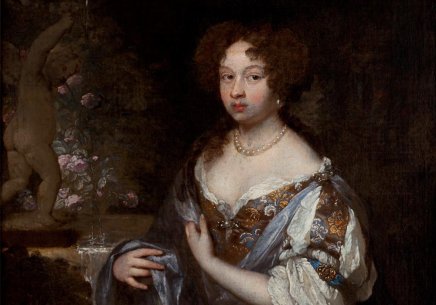 The EUROPEUM exhibition space presents a new acquisition of the National Museum in Krakow – an impressive portrait of a woman, titled Portrait of a Lady (1682) and painted by Caspar Netscher, a prominent Dutch portraitist active in the Baroque era mainly in the Hague.
The EUROPEUM exhibition space presents a new acquisition of the National Museum in Krakow – an impressive portrait of a woman, titled Portrait of a Lady (1682) and painted by Caspar Netscher, a prominent Dutch portraitist active in the Baroque era mainly in the Hague.
-
16.04.2015
24.05.2015
 For the first time in 368 years, the interiors of the Bishop Erazm Ciołek Palace present the combined elements of the Renaissance sacrarium from the Wawel Cathedral. Commissioned by Bishop Piotr Tomicki in the 1530s, it was made from red Hungarian marble by a famous Italian sculptor Giovanni Maria Mosca, known as Padovano. The exhibition will be open until 24 May.
For the first time in 368 years, the interiors of the Bishop Erazm Ciołek Palace present the combined elements of the Renaissance sacrarium from the Wawel Cathedral. Commissioned by Bishop Piotr Tomicki in the 1530s, it was made from red Hungarian marble by a famous Italian sculptor Giovanni Maria Mosca, known as Padovano. The exhibition will be open until 24 May.
-
13.02.2015
03.05.2015
 Maurycy Gottlieb's life lasted only 23 years - too short to enjoy the same fame as his younger brother Leopold Gottlieb did. And yet, Maurycy Gottlieb is the most important Jewish painter active in the Polish circles of the 19th century. The exhibition in The Szołayski House – Branch of the National Museum in Krakow – presented 46 works by the artist on loan from Polish and foreign institutions. It constituted the artist's symbolic return home.
Maurycy Gottlieb's life lasted only 23 years - too short to enjoy the same fame as his younger brother Leopold Gottlieb did. And yet, Maurycy Gottlieb is the most important Jewish painter active in the Polish circles of the 19th century. The exhibition in The Szołayski House – Branch of the National Museum in Krakow – presented 46 works by the artist on loan from Polish and foreign institutions. It constituted the artist's symbolic return home.
-
07.01.2015
03.05.2015
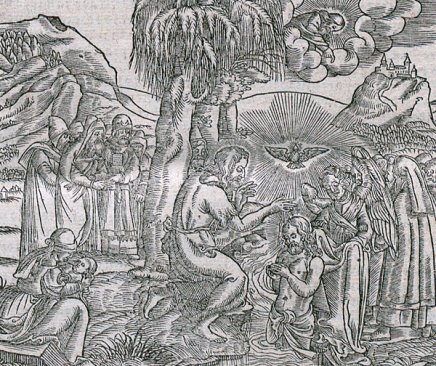 WE DIFFER IN FAITH. PROOFS OF MULTI-RELIGIOUS COEXISTENCE IN THE FIRST POLISH REPUBLIC IN OLD PRINTS FROM THE COLLECTION OF THE NATIONAL MUSEUM IN KRAKOW.
WE DIFFER IN FAITH. PROOFS OF MULTI-RELIGIOUS COEXISTENCE IN THE FIRST POLISH REPUBLIC IN OLD PRINTS FROM THE COLLECTION OF THE NATIONAL MUSEUM IN KRAKOW.
The exhibition presented rare religious prints and old maps of the area of the First Polish Republic.
-
29.06.2013
01.03.2015
 The impressive collection accumulated by Emeryk Hutten-Czapski (1828–1896) consists mainly of unique numismatic objects: coins, bank notes and medals. This eminent scholar, collector and bibliophile also left an interesting collection of prints, militaria, textiles, badges, pottery, jewelry, gems, and glass as well as a vast library.
The impressive collection accumulated by Emeryk Hutten-Czapski (1828–1896) consists mainly of unique numismatic objects: coins, bank notes and medals. This eminent scholar, collector and bibliophile also left an interesting collection of prints, militaria, textiles, badges, pottery, jewelry, gems, and glass as well as a vast library.
-
25.10.2014
01.02.2015
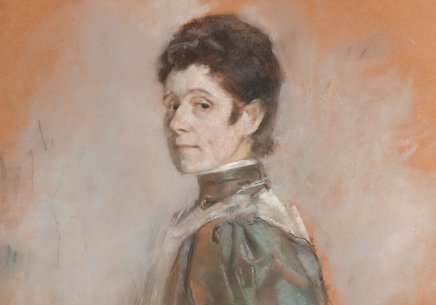 “My paintings look great because they are the truth, they are fair, yours, there is no narrow-mindness, no mannerism and no bluff”. Was not Boznańska a megalomaniac to write like that? Or maybe quite the opposite, a fully devoted to art, aware of her attainments artist having no reasons to mince? You can soon find out how a contemporary viewer perceives the art of that painter considered a genius in her time.
“My paintings look great because they are the truth, they are fair, yours, there is no narrow-mindness, no mannerism and no bluff”. Was not Boznańska a megalomaniac to write like that? Or maybe quite the opposite, a fully devoted to art, aware of her attainments artist having no reasons to mince? You can soon find out how a contemporary viewer perceives the art of that painter considered a genius in her time.
-
02.09.2014
04.01.2015
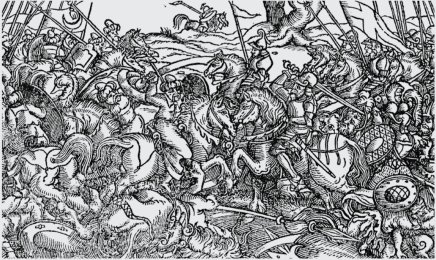 The exhibition includes more than 80 objects created from the sixteenth to the eighteenth century, selected from the collection of approximately 36,000 old prints and cartographic objects located in the National Museum in Krakow. The priceless items are exhibited in the Czapski Palace, in the nineteenth-century private library being one of the few libraries preserved with all the equipment.
The exhibition includes more than 80 objects created from the sixteenth to the eighteenth century, selected from the collection of approximately 36,000 old prints and cartographic objects located in the National Museum in Krakow. The priceless items are exhibited in the Czapski Palace, in the nineteenth-century private library being one of the few libraries preserved with all the equipment.
-
26.09.2012
04.01.2015
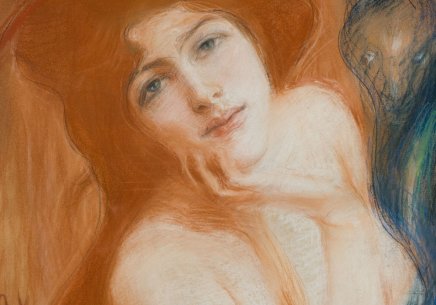 What makes it still attractive, interesting and liked despite the passage of time? Simply - eternally young? This question is asked by an exhibition presenting the best of around-1900 Polish Art in the renovated interiors of the Szołayski Tenement House - a Branch of the National Museum in Kraków, in the capital city of art at the turn of the 19th to the 20th century.
What makes it still attractive, interesting and liked despite the passage of time? Simply - eternally young? This question is asked by an exhibition presenting the best of around-1900 Polish Art in the renovated interiors of the Szołayski Tenement House - a Branch of the National Museum in Kraków, in the capital city of art at the turn of the 19th to the 20th century.
-
04.05.2014
14.09.2014
 This was the first exhibition in the world about the life and work of film director Stanley Kubrick.
This was the first exhibition in the world about the life and work of film director Stanley Kubrick.
-
27.05.2014
31.08.2014
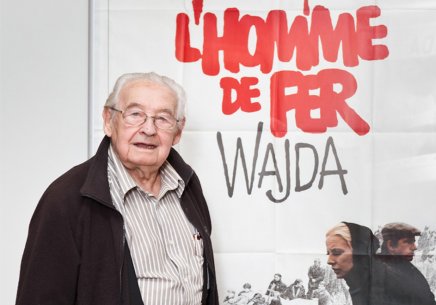 The exhibition of The films of Andrzej Wajda in movie posters around the world was one of a series presenting the most outstanding artists of Polish cinema and their work, organized by the Museum of Cinematography in Łódź.
The exhibition of The films of Andrzej Wajda in movie posters around the world was one of a series presenting the most outstanding artists of Polish cinema and their work, organized by the Museum of Cinematography in Łódź.
-
17.08.2014
17.09.2014
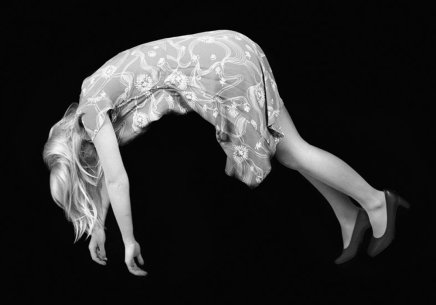 The "Further Reading" exhibition was showcase a cross-section of the output of Clare Strand, a British artist working in photography, video and installation. At the Szołayski House, we could see completed projects as well as installations showing the methods of her creative work.
The "Further Reading" exhibition was showcase a cross-section of the output of Clare Strand, a British artist working in photography, video and installation. At the Szołayski House, we could see completed projects as well as installations showing the methods of her creative work.
-
25.04.2014
10.08.2014
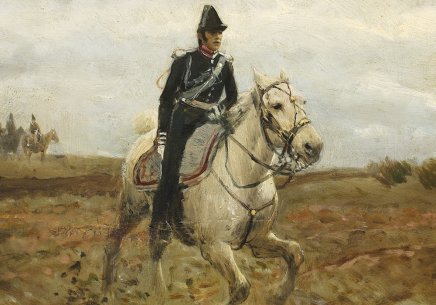 The National Museum in Krakow reminds the creative output of Maksymilian Gierymski (1846–1874), one of the most famous 19th-century Polish painters belonging to artists' colony in Munich. The 140th anniversary of the artist's death, which is celebrated this year, was the pretext for the exhibition. The artist, who died young, at the age of only 28, left creative output which inspired next generations of artists and was the beginning of the first Polish school of landscape painting.
The National Museum in Krakow reminds the creative output of Maksymilian Gierymski (1846–1874), one of the most famous 19th-century Polish painters belonging to artists' colony in Munich. The 140th anniversary of the artist's death, which is celebrated this year, was the pretext for the exhibition. The artist, who died young, at the age of only 28, left creative output which inspired next generations of artists and was the beginning of the first Polish school of landscape painting.
-
08.03.2014
23.03.2014
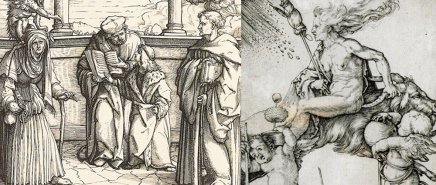 Human knowledge and human power meet in one; for where the cause is not known the effect cannot be produced – these are the words by Francis Bacon (1561-1626) were announced at the dawn of era, called by the future historians the scientific revolution of the 17th century. According to the author of the New Organon, nature should be studied within the realm of physics and metaphysics, both of which require certain practical skills id est: mechanics and magic (in a purer sense of the word).
Human knowledge and human power meet in one; for where the cause is not known the effect cannot be produced – these are the words by Francis Bacon (1561-1626) were announced at the dawn of era, called by the future historians the scientific revolution of the 17th century. According to the author of the New Organon, nature should be studied within the realm of physics and metaphysics, both of which require certain practical skills id est: mechanics and magic (in a purer sense of the word).
-
20.03.2014
19.09.2014
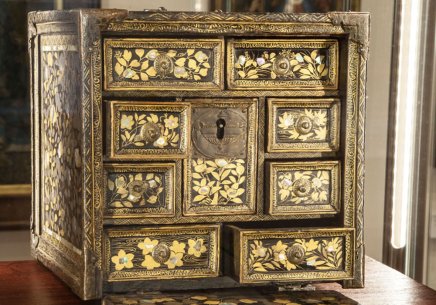 A presentation held at the EUROPEUM – Centre for European Culture shows artworks that, though not created in Europe, were influenced by European art. A cabinet and tsuba sword guards representing the namban art reflect this influence which was typical of this style of Japanese art. It developed at the turn of the 16th and 17th centuries, and this is the period the objects in the collection of the National Museum in Krakow date back to.
A presentation held at the EUROPEUM – Centre for European Culture shows artworks that, though not created in Europe, were influenced by European art. A cabinet and tsuba sword guards representing the namban art reflect this influence which was typical of this style of Japanese art. It developed at the turn of the 16th and 17th centuries, and this is the period the objects in the collection of the National Museum in Krakow date back to.
-
28.03.2014
06.04.2014
 In The Time of Cruel Miracles Is Not Over the National Museum in Krakow introduces the works of Zuzanna Janin, one of Poland’s most important artists after 1989. With her original productions Janin contravenes the well-established pattern of considering Polish art of the 1990s only in the context of the so-called critical art and pop banalism. Since the early years of that decade Janin has been contemplating the relation between the individual and society, which produces mechanisms intended to restrict individual freedom. As an artist, Janin has taken a critical look at the homogeneous vision of culture. Seeking to divert that perspective, she has been emphasizing the potential of imagination, just as French situationists advocated vesting it with absolute power. Her pursuits in that area do not come down to purely aesthetic concerns. Janin has been sensitive to social and political reality. She is critical of the models of unrestricted life offered by culture.
In The Time of Cruel Miracles Is Not Over the National Museum in Krakow introduces the works of Zuzanna Janin, one of Poland’s most important artists after 1989. With her original productions Janin contravenes the well-established pattern of considering Polish art of the 1990s only in the context of the so-called critical art and pop banalism. Since the early years of that decade Janin has been contemplating the relation between the individual and society, which produces mechanisms intended to restrict individual freedom. As an artist, Janin has taken a critical look at the homogeneous vision of culture. Seeking to divert that perspective, she has been emphasizing the potential of imagination, just as French situationists advocated vesting it with absolute power. Her pursuits in that area do not come down to purely aesthetic concerns. Janin has been sensitive to social and political reality. She is critical of the models of unrestricted life offered by culture.














